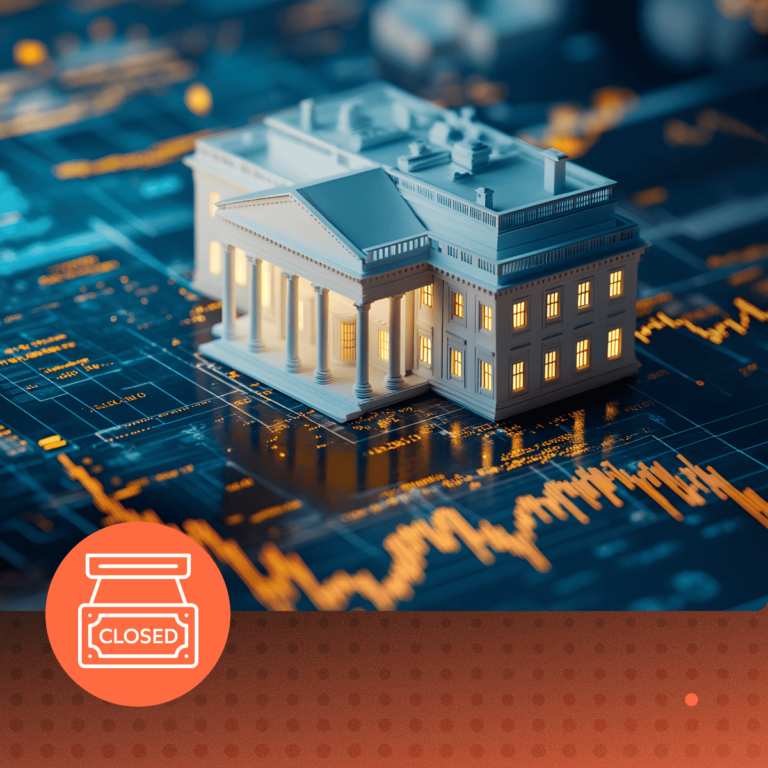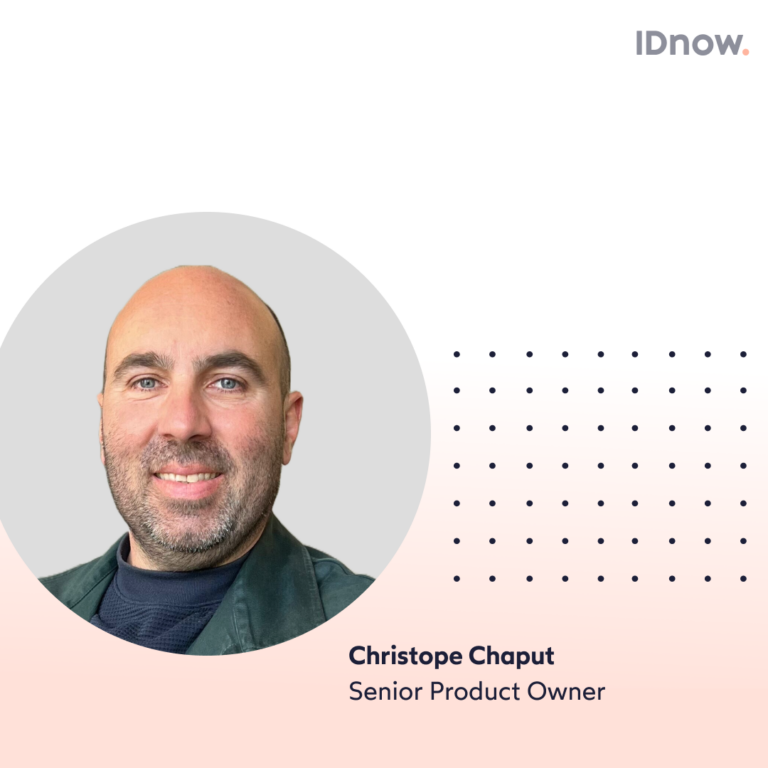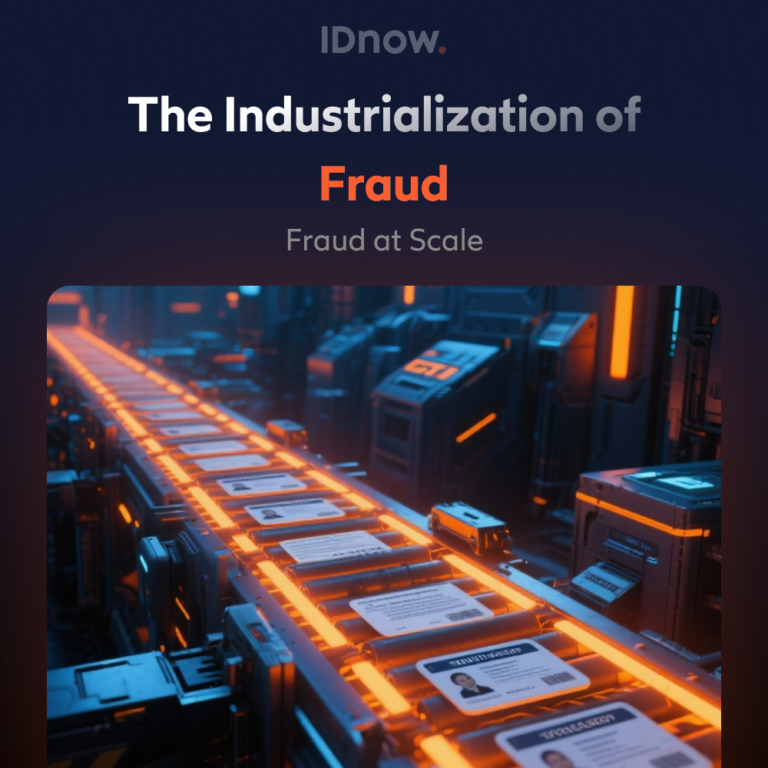We sit down with our internal subject matter expert in the telecommunications industry to learn what trends this sector is seeing, predictions on where it is headed as well as advice for the future.
Telecommunications is becoming an ever-growing market, not only because we live in a connected world but also because the number of devices and network connections just keeps increasing. One recent study predicts that 5G IoT (Internet of Things) connections will reach 116 million globally by 2026. This industry is therefore confronted with many challenges as the number of devices and connections continues to rise.
According to an identity verification survey conducted by Regula in 2023, 9 out of 10 organizations in the telecommunications industry consider identity verification (IDV) a crucial tool in combating the increasing threat of identity fraud. Furthermore, in the coming years, CIOs will increase investments by 83% in Integration Technologies/APIs/API Architecture according to Gartner. But fraud isn’t the only challenge this industry faces. Telecommunications needs to stay up-to-date and meet the demands that modern technology brings to the table, or shall I say device, if it is to have any future. Since smart devices are as common and habitual as brushing one’s teeth, the direction in which this industry is headed is one in which needs to stay ahead of the curve or get left behind in the pile of outdated technology.
We spoke with Duke Golden, Director Sales at IDnow, with his almost 30 years within the industry and past experiences at 1NCE, Huawei and Vodafone to name just a few, to learn what topics in the telecommunications sector are trending, his predictions on where this industry is headed and his advice for telco operators.
As an industry that is perhaps overlooked due to the fact that it is very much part of our everyday lives and common for the generations that grew up within this technology boom, what major trends would you say the telecommunications industry is therefore seeing?
Telecommunications in our daily lives is almost invisible these days – but it is truly the foundation for our digital lives. It’s just something that you think should be there. I’ve been in the telecommunications industry for about 25 years now. But you’re right, that comment is very much what you get from a generation that grew up with the Internet. But there is a lot that goes into this. Everything we enjoy today from dating apps to ordering groceries, telecommunications is the driving force behind all of these innovations. Nothing happens without a network connection.
To describe it in a different way, network connectivity has very much become a commodity, especially over the last 10-15 years. Connectivity is like bread, milk, eggs, oil, gas—it’s just something we need for our everyday life. However, the struggle right now within the telecommunications industry, especially with regards to Tier-1 operators, is that they need to find a way to make that connectivity into something like a value add for their customers. It can’t just be about the connectivity. The question now is what do telecommunications operators do with that connectivity? They have a great opportunity to do something really special, being the owner of the network connectivity.
So right now we’re at a point where telecommunications providers really need to provide new solutions, incorporating their connectivity to bring additional value add to customers.
Duke Golden, Director Sales
A big part of that value add for customers is the IoT—API driven economies. What they’re doing is basically providing the connectivity and then a platform for API integration for a million different types of services that are intrinsically connected to their connectivity.
But how do you monetize connectivity? You have to create an ecosystem where you can generate revenue based on new ideas using that connectivity. Telecommunications providers still want connectivity to be at the center of their proposition but the really interesting and attractive part for customers is the ability to monetize this in a variety of forms. And this is where the IoT starts to come in.
Yes, IoT (Internet of Things) seems to be one of those trends on the radar within telecom, why is this the case?
IoT is evolving to become one of the most disruptive and enabling technologies for end users in recent memory. It’s revolutionizing the way we approach network connectivity and digitalization in our daily lives. In the beginning it was just machine to machine which was basically the first iteration of the IoT.
IoT is basically a blank canvas for an artist to use connectivity to paint a picture which didn’t exist before, and that’s what’s happening with the IoT, especially with telco-driven IoT initiatives. Because it’s not just the telcos who are doing IoT. It is a hugely competitive and largely proprietary space where the only limitation to business cases is the creator’s imagination. This is where only the strongest telcos will prosper. Deutsche Telekom, for instance, has a very strong expert approach to IoT which can accommodate entire ecosystems to create business value for their customers.
Now, the pressure on the telecom world is really to bring the knowledge that they have, not just about networks but about industry verticals themselves, into play to develop something meaningful for individual customers.
What tools and resources will help these initiatives in the telco sector?
What we do at IDnow is possibly one of the most important enabling solutions within the IoT potentially. One of my goals is to connect IDnow into this API economy so customers of a telco service have the option to conduct an ID verification process. To date, IoT has been more concerned with locating individual devices. A lot of people think IoT is a device-driven type of world where you don’t need to know the person behind it. But that’s changing, especially with AI and deepfakes. You can really manipulate a traditional device-based IoT network in a big way unless you verify who the person is working on the IoT platform. You really need to know who has access and who is accessing the platform. Maybe it doesn’t have to be a deep dive, but the key with IoT is trust.
Trust is the number one factor that will either enable a customer to deploy a telco-based IoT solution or will stop it in its tracks.
Duke Golden, Director Sales
If there are doubts about the authenticity of the platform, or the ability for that platform to control unauthorized usage, then a lot of times IoT initiatives never make it off the ground, especially in Germany. It’s all about 1% risk means 100% opposition in many cases. Germany has kind of a very strict sense when it comes to these things like 0 risk is the only acceptable risk.
Since trust is the number one factor within telco, the term Zero Trust with regards to network connections and security has been used a lot recently. Is this something widespread in the telecommunications industry?
Zero Trust is widely used. That is a term that you will hear everywhere from network engineers to security operations technicians. Zero trust—trust nothing. The reason that it has become popular is because security has become completely endangered, especially over the last five to 10 years. In the network engineering world, there are different points of ingress into the network. In the past before IoT, before cloud, before all these other innovative ways to connect to the Internet, the Internet protocol basically protected these environments. They were standardized environments where you could only enter them with a specific network protocol and it was much easier to protect them. Zero Trust wasn’t really needed at that point because you knew that if someone broke into the network, it was an inside job.
Now, anyone has the opportunity to interface with any layer of the network from a completely unverified position. So Zero Trust was born, and it became probably the strongest terminology used especially in the telco world. You need to verify every single user to a different degree. For example, if you’re talking about an online dating platform, you don’t need to verify everything about this person’s character. You just need to verify they are over 18. Zero Trust doesn’t mean you have to conduct a complete background check on every single individual person, but you need to know who you’re dealing with.
With the need to verify a person and bind them to the device they are using, will there be hesitation from users with concerns to data privacy?
Enterprises want to know more about their customers because the more they know the better they can serve their customers. Nothing is for free. A well-known CEO of a cybersecurity company once told me, if you are getting something for free, then you are the product. Thus, we’re not dealing in a cash-based economy anymore. True value lies in information these days.
And with regards to the telecommunications industry, there is a huge push right now to monetize in different ways the connectivity that they’re already providing to people. With the price of connectivity sinking daily, the push now for telcos is to recover that depreciation in the cost of actual connectivity in extra value-added services like IoT, like cloud services, 5G campus Networks and other digitalization initiatives. And the key to all these other value-added services is to verify who those services are going to, not only for the safety and security aspect, but having the knowledge to serve their customers better. That knowledge for telecommunications providers is essential to designing or altering services to fit specific types of the widest possible scope of business cases.
As with all new initiatives, especially from my experience in Europe, there will be hesitation. But it depends on the country and on the culture. Every society globally is very different when it comes to their aversion to risk. At the end of the day, it’s all about the economy and people’s ability to pay for things, either with money or information.
While there might be kickback in conservative countries like Germany, the vast majority of the world will have no problem with signing up for services and giving them a certain amount of information. But it needs to be tied to identity verification solutions because the only way to really increase security in a very complicated online services world is to start with a single point of truth. And the only way to truly verify who a person is, is by verifying their identity. But they can’t only be verified one time. It needs to be an ongoing activity verifying and reverifying, especially with regards to critical infrastructure. And this is where the telecommunications industry and IDV is headed.
How regulated would you say is the IoT industry? For example, in Germany, there is the Telecommunications Act (TKG) but are there any other regulations?
With regards to the IoT specifically, IoT is still very much wild, wild West. There is very little regulation.
I think there is a serious risk that the IoT can become too dangerous in some ways if we don’t regulate ourselves using best practice instead of waiting for regulatory agencies to act. The difference between traditional telecommunications networks and IoT networks is that telecom networks are completely standardized internally and with IoT all of these solutions are proprietary. There is no standardization within the IoT industry. So that means our ability to secure the IoT is much less than with standardized industry standards like on the traditional network side which have well thought out, highly developed security protocols built into them.
What better place to secure the IoT than at the point of ingress for all users, both internal and external? That means performing a comprehensive ID verification process for admins and users, depending on what type of IoT platform it is. We just need to change our view on what is an acceptable level of risk.
With the number of smart devices continuing to increase and experts predicting that by 2030 the world population will be around 8.3 billion and the number of devices will have reached an estimated 43.2 billion, what are the main challenges this industry faces when considering these numbers?
Traditionally, in the IDV sector it’s been about verifying users before they buy their prepaid mobile or before they activate it and then they’re good to go.
Now, verification needs to become an integral part of the entire value chain for technology, not just at the point of purchase, but at the point of usage.
Duke Golden, Director Sales
The ID verification process is something that needs to be always going on in the background. And this is where the eIDAS 2.0 regulation would come into play with a digital wallet. But we’re just not there yet. Regulations will always be behind technology.
At IDnow and as an ID verification solutions provider, it’s our responsibility to fill the gap between regulation and everyday business risks that aren’t being addressed by the regulatory environment. Building this bridge of trust for our customers is our core mission which we take very seriously.
If you’re interested in more insights from industry insiders and thought leaders, check out one of our other interviews from our Spotlight Interview series below:
- The importance of data-first fraud investigations, with Peter Taylor
- Sébastien Marcel on generative AI and deepfakes
- Jinisha Bhatt, financial crime investigator
- Paul Stratton, ex-police officer and financial crime trainer
By

Kristen Walter
Jr. Content Marketing Manager
Connect with Kristen on LinkedIn



